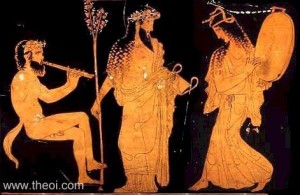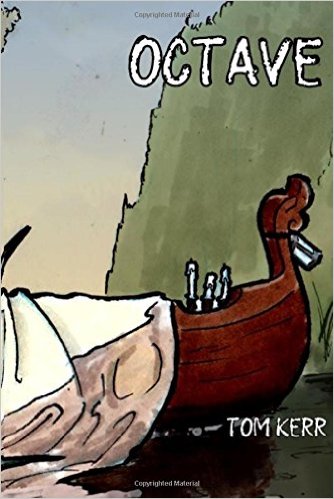THREE THINGS CANNOT BE LONG HIDDEN: THE SUN, THE MOON AND THE TRUTH
Edinburgh, in December, seems a long way from the sunshine bathed Greek islands where I have had some great holidays in the past. December days in Edinburgh see the sun rising well after 8 o’clock in the morning and setting again all too quickly, before 4 o’clock in the afternoon. Even when the sun is above the horizon it is often obscured by thick dark clouds. I therefore spend much of these short days reading and writing.
In Part 1 of this series about Hamlet and Greek mythology I wrote about Niobe the mythical queen, who Hamlet compares to his mother Queen Gertrude. In that same soliloquy in Act1 Scene 2 Hamlet compares his father the murdered king to Hyperion and his uncle Claudius, the murderer of his father, to a Satyr;
‘So excellent a king, that was to this
Hyperion to a satyr, so loving to my mother
that he might not betweem the winds of heaven
visit her face too roughly.’

Hyperion was one of the Titan gods. A few sources incorrectly state that he was the sun god. Most sources state that Hyperion with his sister Theia had three children, Helios, Selene and Eos. Helios was the personification of the sun, Selene, the moon and Eos the dawn.
Hyperion was the god of watchfulness, wisdom and light and one of the four pillars that hold heaven and Earth apart.
It is said that Hyperion was the first to understand through careful observation the movement of the Sun, Earth and Moon and also understand how their movement affects the seasons. He also undertook to inform others of these facts. Hyperion must have been the first god to use the scientific method, which involves
thorough research, data gathering, the formation of a hypothesis, testing and publishing results. In Greek mythology, The Muse Ourania, is usually associated with knowledge and science as she was the protector of celestial objects and invented astronomy.
Gods of science, now there’s a thought.
It took us mortals until the sixteenth century thanks to the work of Nicolaus Copernicus to begin to understand planetary motion. Our knowledge was further enhanced by the publication of Johannes Kepler’s Harmonices Mundi in 1619.

The Satyr’s by contrast, were a group of half man, half animal creatures often symbolic of sexual promiscuity and drunkenness. Their upper body was usually human with the lower body having either horse or goat’s legs and tails and they usually had a permanent erection. They were followers of the god of wine and intoxication, Dionysus.
Shakespeare’s knowledge of Greek mythology must have been extensive and he has been able to use this knowledge on a number of occasions in his works. In this particular example, I think the comparison he uses between Hyperion and a Satyr works extremely well. Hamlet sees his dead father as a godlike and wise man devoted to his wife. In fact he compares his father to Hyperion again in his tirade at his mother in Act 3 Scene 4;
‘See what a grace was seated on his brow:
Hyperion’s curls, the front of Jove himself,’
By contrast he sees his uncle Claudius as a loathsome figure, drunk, lustful and only fit to follow not lead. Hamlet says it all really, this is quote from the same scene;
‘A murderer and a villain.
A slave that is not twentieth part of the tithe
Of your precedent lord, a vice of kings’
A cutpurse of the empire and the rule’
That from a shelf the precious diadem stole’
And put it in his pocket!’

Comments are closed.